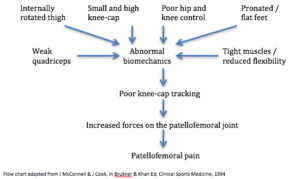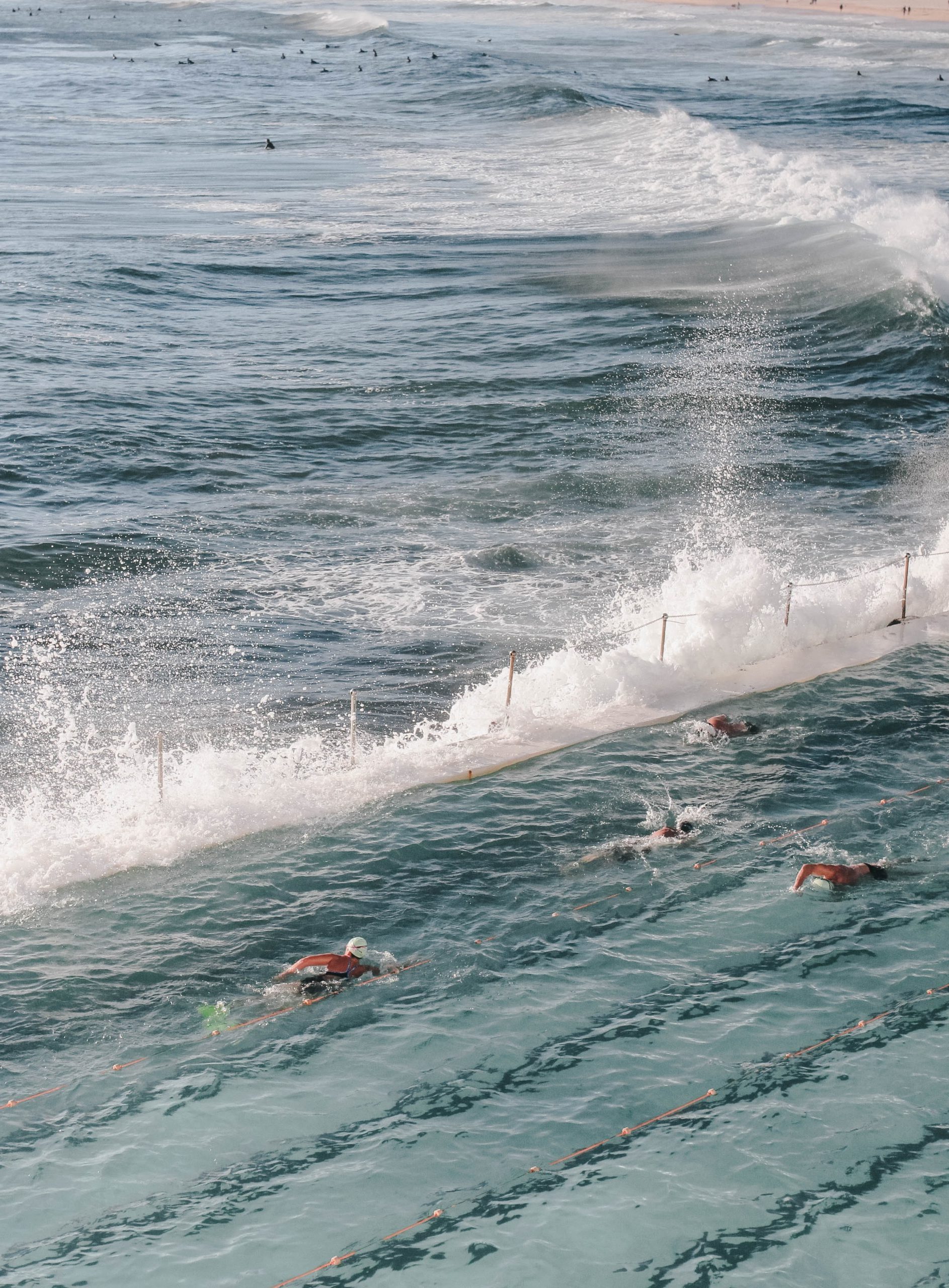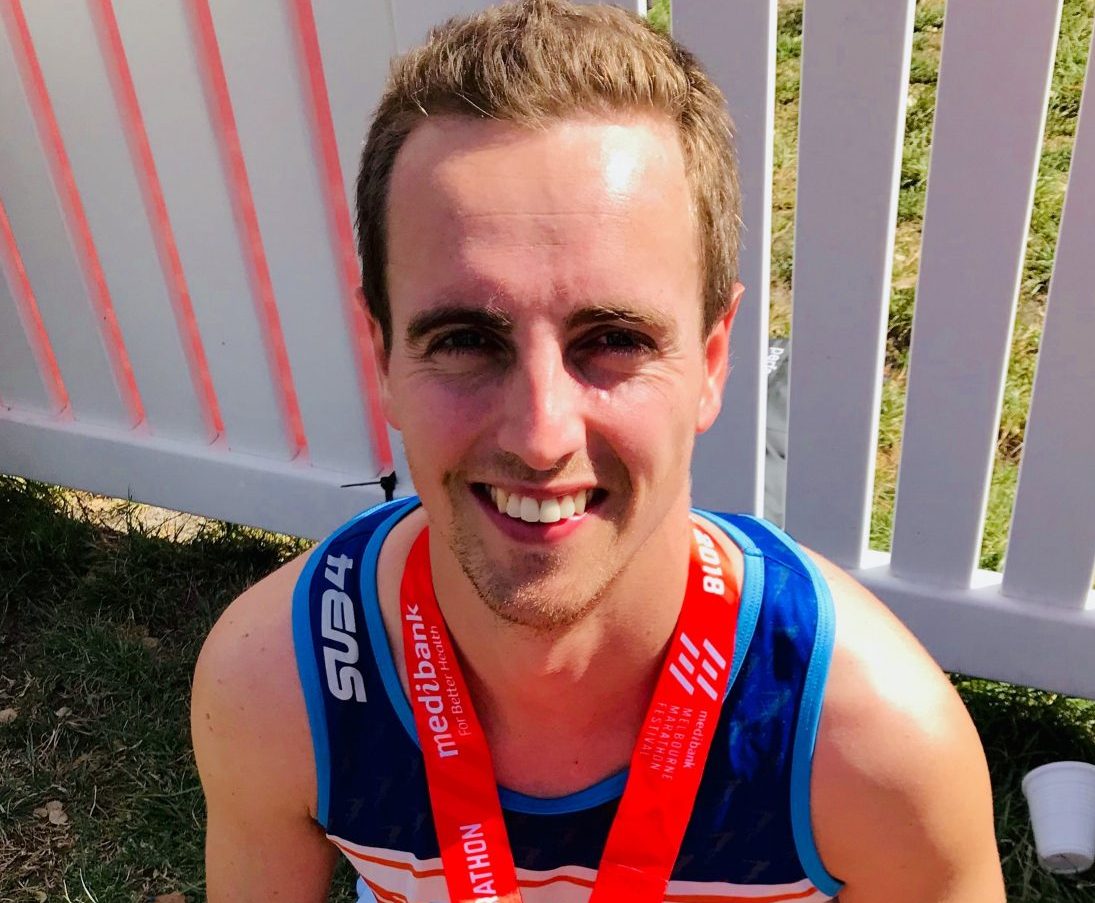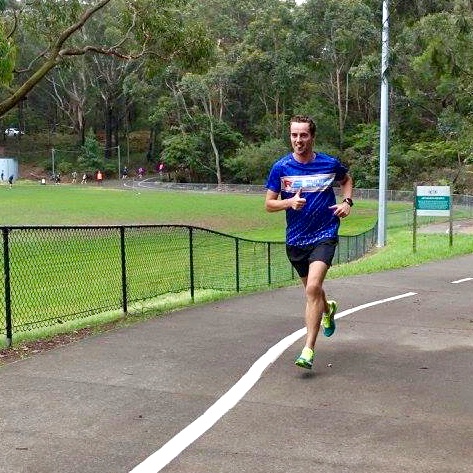Why does my knee hurt?
Netball injuries can be a mix of both upper and lower limb injuries, as well as acute, impact injuries and gradual, overuse injuries. One of the most frequently affected areas is the knee. There are many disorders of the knee related to playing netball, and while anterior cruciate ligament rupture is common, I also frequently see disorders related to the patellofemoral joint (knee cap).
Cause of patellofemoral pain:
The causes of patellofemoral syndrome are very multi-factorial, often with more than one cause contributing to symptoms. Ultimately, symptoms are caused by the patellar (knee cap) tracking abnormally in the groove on the femur (thigh bone). The flow chart below summarises these multiple contributing factors.
Treatment and Management:
Conservative treatment is the first line treatment for patellofemoral related pain. This often involves treatment from a physiotherapist to assist you optimising your lower limb biomechanics through strengthening your quadriceps muscles, stretching the tight soft tissues and correcting other factors above and below the knee that are contributing to this condition. The knee can also be taped into the correct position to help assist the patella to move in the groove on your femur more efficiently.
Patellofmeoral pain can take many months to settle fully, being diligent with your rehabilitation, exercises and stretches will aid to recovery.
There are medications and interventions that can be used to speedup recovery also. These include pain-killers, anti-inflammatory medication and occasionally a cortisone injection. All of these treatment options aim to reduce inflammation and pain, allowing you to rehabilitate more effectively.
The goal of treatment is to settle your pain and correct any biomechanical abnormalities to allow you to return you to your desired level of activity. Initially, a reduction in the amount of training and playing that you are doing is often recommended, particularly if they are exacerbating your knee symptoms. Once your strength and flexibility have improved and your knee feels better, you may return to normal sports. This is best done under the guidance of your Sport and Exercise Medicine Physician and Physiotherapist.
Less commonly, conservative treatment will not be adequate to improve your symptoms and some surgical options may be the next best step for you.
Written by: Dr Sophie Armstrong





